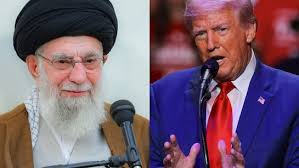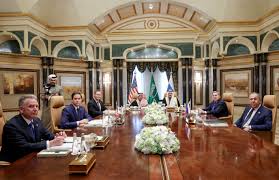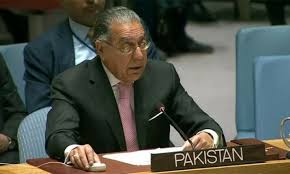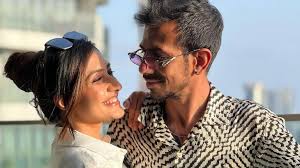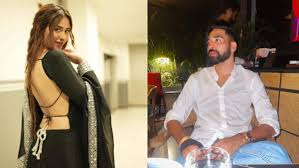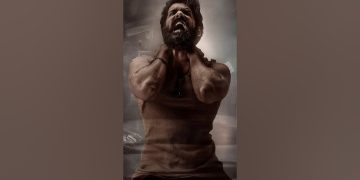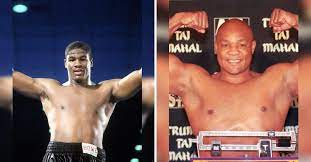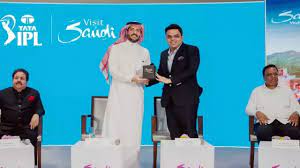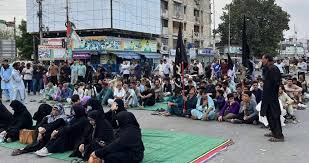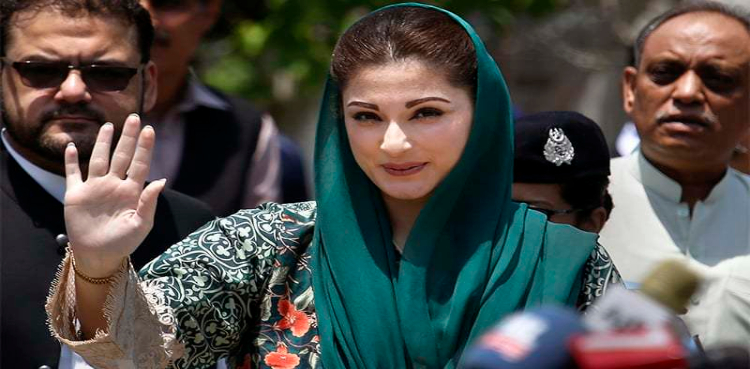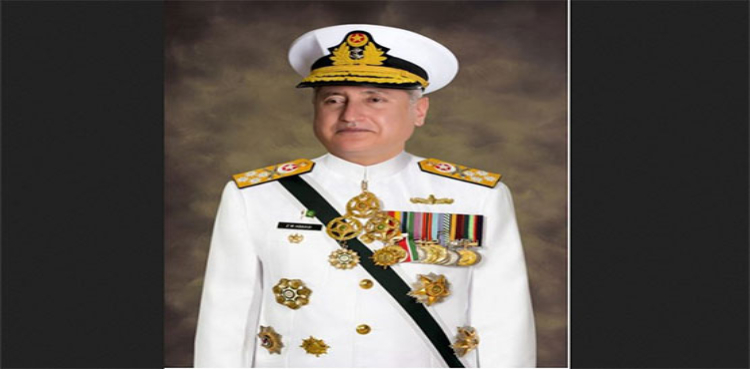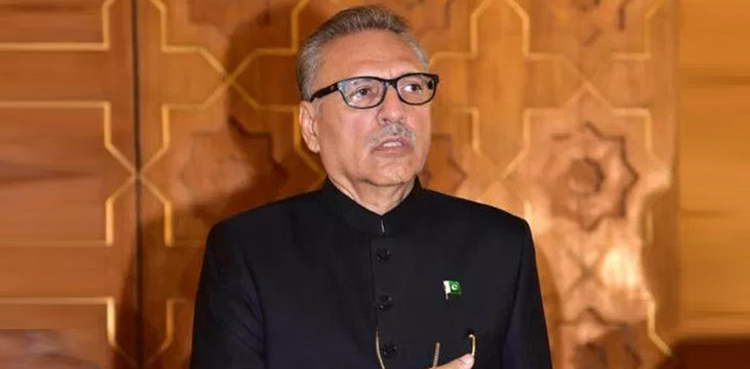‘Algebra’ and ‘Success’ have a close relationship. One being a distinct branch of mathematics and the other an abstract feeling of contentment derived from a personal or professional undertaking, there is a notable bond between the two. This profound yet simple-to-understand connection has been wisely portrayed by Sharon L. Lechter and Greg S. Reid in their book ‘Three Feet from Gold’. A must read for aspiring individuals, the book circumambulates the equation of success. Here is how they put it:
[(P + T) x A x A] + F = Your personal success equation
Where the variables stand for,
P = Passion
T = Talent
A = Association
A = Action
F = Faith
Combining your P=Passion with your T=Talent and then seeking the right A=Association and taking the right A=Action are very important components for Success. When combined with a strong F=Faith in yourself, your mission and the Almighty Creator you truly get Your Personal Success Equation. Fascinating, is it not?
Speaking of mathematical equations, I recently found out that algebra owes its credit to a Muslim mathematician named Muhammad ibn Musa Al-Khwarizmi. The Muslim world holds a fair share of inventions and innovations that we use in our daily lives without being aware of their true contributors. From coffee and carpets at home to awe-inspiring discoveries beyond earth, the ingenuity of Muslims has consistently proved its mettle. Although this blog is not at all enough to commemorate the numerous inventions brought forward by Muslims, it is an attempt to help generate understanding and appreciation of people of Islam whose contribution to our world has been significant and truly influential.
- Coffee
In the plains of Ethiopia an Arab shepherd named Khalid tending to a herd of goats noticed that the animals grew livelier and exciting after grazing on a particular type of berry. He took the berries home, boiled them and made qahwa out of them. From Ethiopia these berries were exported to Yemen where the Sufis of the time consumed the qahwa to keep themselves awake for late night Dhikr (prayers in remembrance of Allah). Through travellers, pilgrims and traders, the beans found their way into Istanbul, Mecca, Cairo, Venice and then to England. The Arabic qahwa became the Turkish kahve then the Italian caffe and then English coffee.
Coffee is now the second largest commodity-based product globally, second only to oil. - Camera
The ancient Greeks concluded that our eyes emitted rays of light
which enabled us to see. It was during the 10th century the Muslim
mathematician, astronomer and physicist Ibn al-Haitham who
discovered that light enters the eye rather then leaving it and invented
the first pin-hole camera. From humble beginnings by Ibn al-Haitham,
the camera is now employed in sophisticated digital processes of
capturing pictures and videography.
How about a smart phone without a camera?
3. Clocks
During the 13th century, a Muslim engineer from Turkey named
Ismail al-Jazari rose to prominence with several inventions to his
credit. These include clocks of different types as well. Al-Jazari paid
special attention to the Arab proverb: ‘Time is like a sword, unless you
cut with it, it will cut you.’ Clocks play an essential role in
announcement of call to prayers.
4. Cleanliness
Cleanliness is an integral part of a Muslim’s faith, whether in physical
or spiritual form. As Al-Jabari contributed significantly in engineering
such as inventing the wudhu machine, a physician and surgeon
named Abu Al Qasim Al Zahrawi from Cordoba Southern Spain also
kept pace in urging the people to maintain clealiness. Inspired by the
ahadits of Prophet Muhammad (pbuh) on cleanliness, management of
dress, care of hair and body, al-Zahrawi authored a book called al-
Tasrif in which he described ways of care and beautification of hair,
skin, teeth and other parts of the body.
5. An attempt to go airborne
In 852, about a thousand years before the Wright brothers practically
invented the plane, it was a Muslim engineer named Abbas ibn Firnas
who made real attempts to construct a flying machine and fly. With
the aid of cloak with hardened struts, he jumped off a minaret in a
mosque in Cordoba Spain. Hoping to glide like a bird, Firnas could not
fly and crash-landed receiving minor injuries as the cloak slowed his
fall. At the age of 70 in 875 having completed a machine made of silk
and eagle feathers, he tried again. This time from a mountain, he
stayed airborne for ten minutes but still crash-landed concluding that
it was the missing tail that would have maintained the landing.
The above is not an exhaustive list of inventions, discoveries and innovations by Muslim intellectuals. For a thorough study, readers are urged to get a freely available online copy of the book ‘1001 inventions Muslim Heritage in our World’ by Professor Salim T S Al-Hassani, Chief Editor at Foundation for Science, Technology and Civilization (FSTC) University of Manchester, United Kingdom. Information contained in this blog comes from the following sources:
Websites
www.1001inventions.com
www.muslimheritage.com
Books
‘Three Feet from Gold’ by Sharon L. Lechter and Greg S. Reid.
‘1001 inventions Muslim Heritage in our World’ by Professor Salim T S Al-Hassani, Chief Editor FSTC UK.

